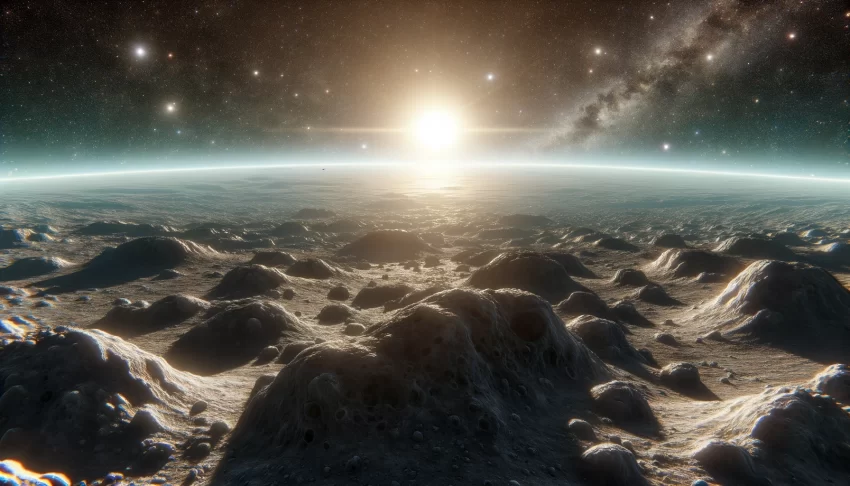| Listen to our audio presentation: HIstory of the Computer |
On March 22, 2023, the sun unleashed a potent X-class solar flare, followed by a coronal mass ejection (CME) directed at Earth, causing significant anticipation of a major solar event. This occurrence led to a severe G4-class geomagnetic storm upon hitting Earth on March 24, marking the strongest solar disturbance since 2017. Geomagnetic storms, resulting from solar activities like CMEs, can impact Earth’s magnetic field, potentially causing fluctuations in power and communications.
The recent solar flare and CME sparked expectations of spectacular auroral displays across Europe and North America. However, the timing and conditions diluted the visual spectacle, with much of the aurora activity occurring during daylight and a subsequent northward shift in the Bz component of the interplanetary magnetic field, effectively reducing the auroral visibility.
The north-south orientation of the interplanetary magnetic field, known as Bz, plays a crucial role in the interaction of solar wind with Earth’s magnetosphere, influencing auroral activities. A southward Bz orientation can intensify geomagnetic storms and auroral displays, whereas a northward orientation may lessen their impact.
As Solar Cycle 25 progresses, increased sunspot activity and the potential for more frequent and intense solar flares and CMEs are anticipated. These solar phenomena not only contribute to auroras but also pose risks to Earth’s technological and electrical infrastructure.
Looking ahead, the upcoming total solar eclipse on April 8, 2024, presents a unique opportunity to observe solar prominences and potentially a CME in real-time, offering a glimpse into the dynamic nature of our star.
The interplay between solar activity and Earth’s magnetic field is a fascinating aspect of space weather, crucial for understanding the potential impacts on technology, communication, and even natural phenomena like auroras. The recent events underscore the importance of monitoring and researching solar activities as part of broader efforts to mitigate space weather risks and appreciate the natural beauty of phenomena like the Northern Lights.
Here is a list of some of the most significant solar flares and coronal mass ejections (CMEs) recorded:
- The Carrington Event (1859): This is the most powerful solar storm on record. The associated solar flare and CME caused widespread telegraph system failures and auroras seen as far south as the Caribbean.
- The 1989 Quebec Blackout: A severe geomagnetic storm caused by a CME hit Earth’s magnetosphere, leading to the collapse of the Hydro-Québec power grid and leaving millions without power for up to nine hours.
- The Bastille Day Event (2000): A major solar flare on July 14, 2000, caused radio blackouts and significant satellite disruptions. It was one of the largest X-class flares ever recorded.
- The Halloween Storms (2003): A series of solar flares and CMEs occurred in late October and early November 2003, causing widespread auroras and satellite malfunctions. The most intense flare was classified as an X28, making it one of the strongest ever observed.
- The March 1989 Storm: This geomagnetic storm, caused by a CME, disrupted power grids and communication systems and even caused the Space Shuttle Discovery to experience navigational problems.
- The July 2012 Solar Storm: A powerful solar storm, which was the most intense since 1859, narrowly missed Earth. Had it hit, it could have caused widespread electrical disruptions, blackouts, and damage to power grids and satellites.
- The September 1859 Solar Flare: Also known as the Carrington Event, this is the most powerful solar flare ever recorded. It caused widespread telegraph disruptions and auroras visible as far south as the Caribbean.
- The August 1972 Solar Flare: This intense solar flare caused widespread radio blackouts and auroras, and it is considered one of the fastest CMEs ever recorded, reaching Earth in just 14.6 hours.

